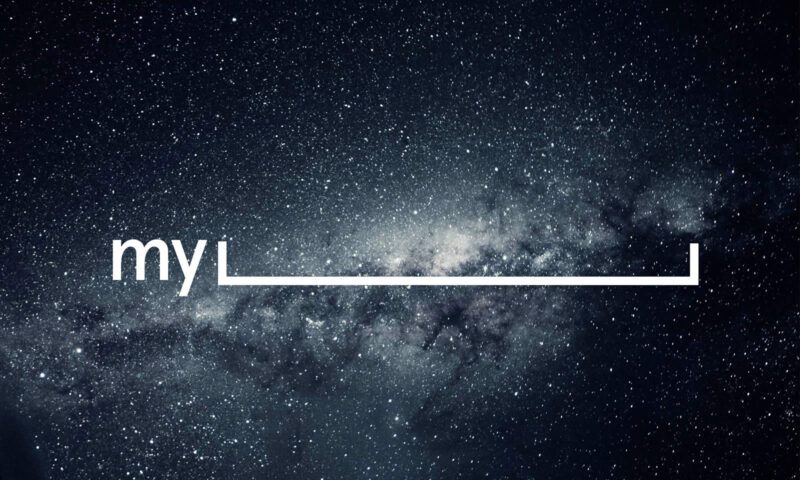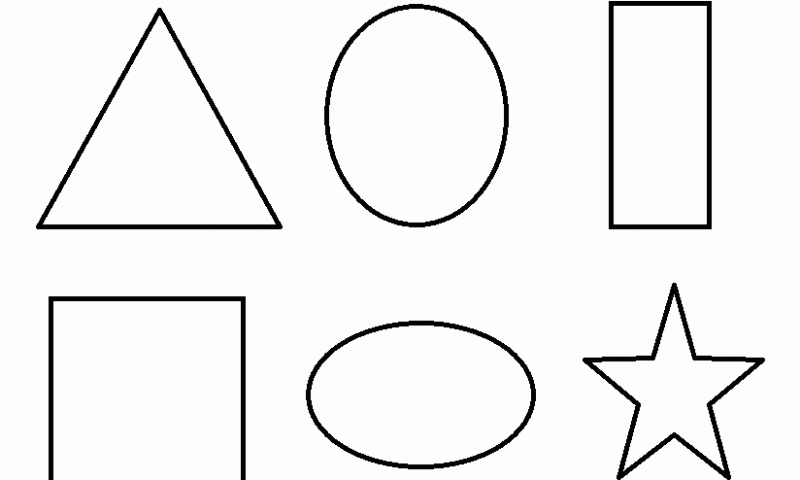
Can we taste shapes?
So, you want to know if we can taste shapes? Stay tuned to find out.
Sensory overload!
At any given moment, we are bombarded with sensory information. Our brains are faced with the task of separating all of that information and directing it to where it belongs within a mere fraction of a second. What information needs to be sent to our visual cortex? What information needs to be sent to our auditory cortex? It’s a lot. Sometimes we take shortcuts. As ‘cognitive misers’ we are pre-programmed to use the least amount of brain power as possible, when possible. So we take our best guesses, we pair things together that tend to occur together. Our experiences every day give way to certain expectations. For example, if you hear birds chirping, it’s very likely that you’ll look up to try to locate them. Our past experiences tell us that, 9 times out of 10, birds tend to chirp from somewhere up above.
Crossmodal correspondences
The technical term for this is a crossmodal correspondence. It’s basically a fancy way of saying an association across the senses. The brain combines information from the visual modality and the auditory modality and we experience the sensation almost simultaneously. These associations has been shown to appear across several senses. Back in 1929, Wolfgang Kohler carried out a study investigating the crossmodal correspondence between sound and shape.
Let’s try it
Here’s two made-up words: baluma and takete, and here’s two abstract shapes:
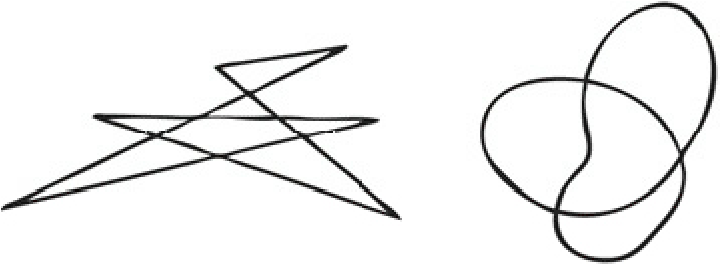
Now, which shape would you call takete and which would you call baluma?
If you called the pointy shape ‘takete’ and the rounded shape ‘baluma’ then congratulations, you have just evidenced a psychological phenomenon. Right at your screen! The results Kohler produced were overwhelmingly in favour of the pointy shape being called ‘takete’ and the rounded shape being called ‘baluma’. This effect has been replicated in many, many studies. It even seems to occur no matter what part of the world you’re in!
Taste and shape
So that’s shape and sound. One specific association that I’m particularly intrigued by is that between taste and shape. Apparently, when shapes are paired with food or drink they have the power to set-up expectations of how the food or drink will taste. We pair angular shapes with bitterness, saltiness and sourness and we pair round shapes with sweetness. Interestingly enough, this seems to happen in a split second, outside of our conscious awareness. We don’t even realise it!
In the real world
You didn’t think I was just going to bore you with a bunch of scientific findings, did you? It’s all well and good to produce interesting results in a laboratory setting, but without a real word application those findings quickly begin to lose their lustre. Surprisingly enough (or not) crossmodal correspondences have implications in the world of food and drink packaging.
The implications extend into many aspects of packaging: design on pack, typography used and even the actual shape of the pack itself. (Colour plays a role here too, but that’s a story for another blog!) All of these components of packaging have the power to set-up a consumer’s expectations before they have even actually engaged with the product. And we all know how important those consumer expectations are!
Example: Which one of these yogurts would you expect to be more sour?
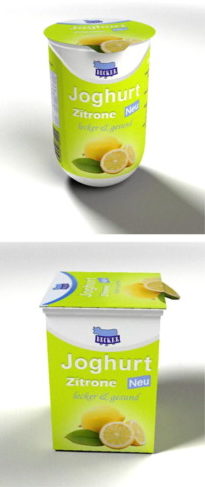
These stimuli were used in a study by Becker and colleagues. They even carried out a taste test with yogurts varying in degree of sourness to go along with the packs. The general consensus among participants was that the yogurt with angular packaging was expected to taste more sour. Depending on which experimental condition the participant had been allocated to, sometimes the yogurt was more sour and sometimes it wasn’t. So what happened when the participants’ expectations weren’t met? Outrage! Disgust! Okay, maybe not so severe, but they were certainly taken aback by the product’s taste. And they subsequently gave the product a lower rating than those whose expectations had been met.
So, maybe we can’t exactly ‘taste’ ‘shapes’, but shapes definitely affect what we taste!
The field of neuromarketing has exploded recently and is producing some very compelling results. There is now a growing body of research surrounding what happens in our brains when we experience the world as consumers. Just this month saw the publication of the very first edition of a textbook entitled Multisensory Packaging: Designing New Product Experiences. It was written by Charles Spence and Carlos Velasco, two leading experts in the field. It’s quite an exciting time for designers and marketers alike with new, promising avenues of design being explored. The possibilities are endless!
Kerry Matzelle, Brand Strategist
Originally hailing from New York City, Kerry’s been livin’ it up Emerald Isle style since 2014. She holds a Psychology degree and a record for rolling the fastest burrito in the Republic of Ireland – both which she deems of equal importance. She’s absolutely thrilled to be part of Team Neworld. What a time to be alive!
Keep Reading

Quality control for the age of information overload
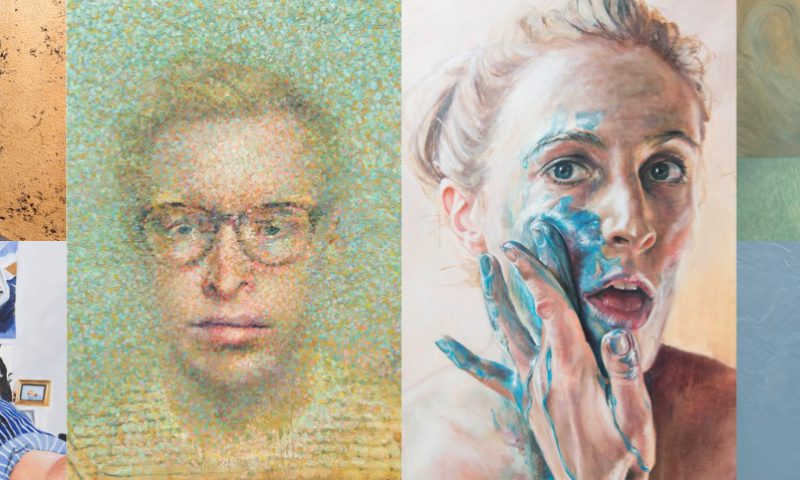
How to Paint a Portrait

What’s love got to do with it?
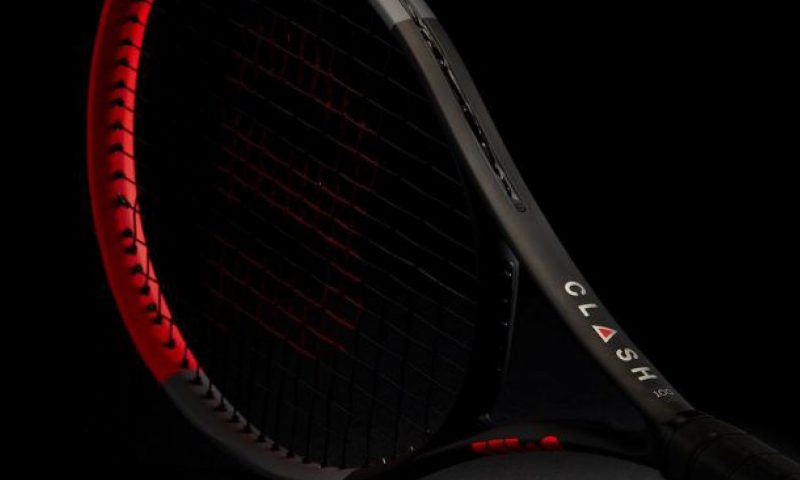
G🔺ME CH🔺NGER 15–🔺2–19
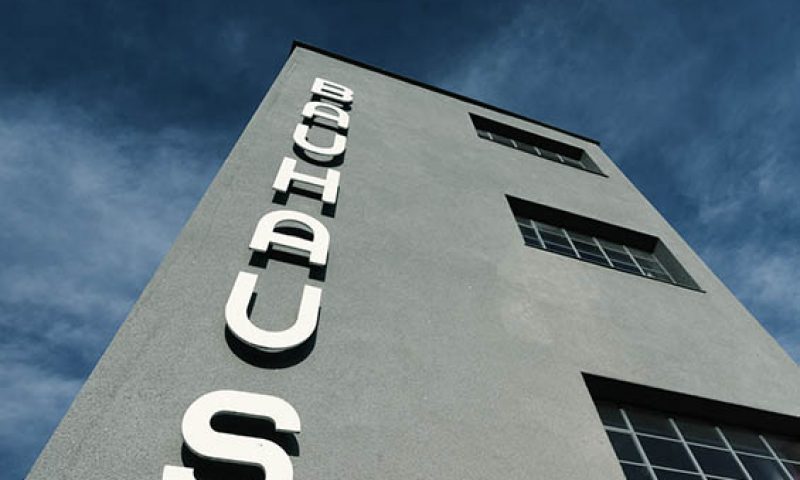
Happy Birthday Bauhaus

Keeping your WordPress website secure
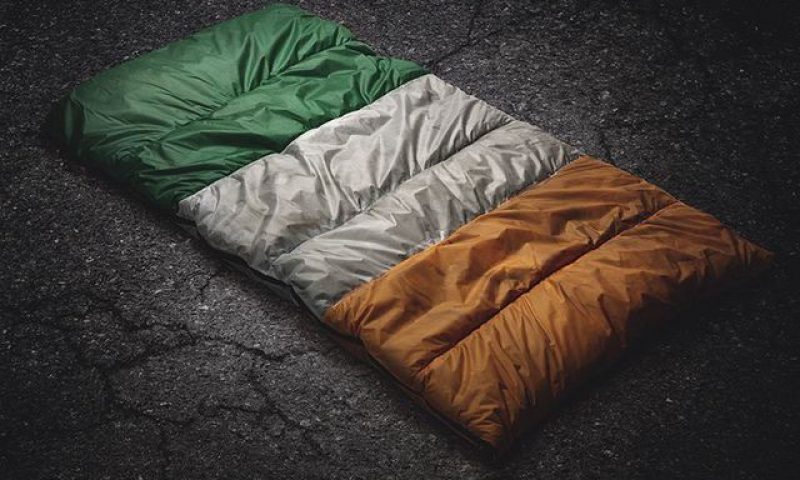
Sleeping Flags
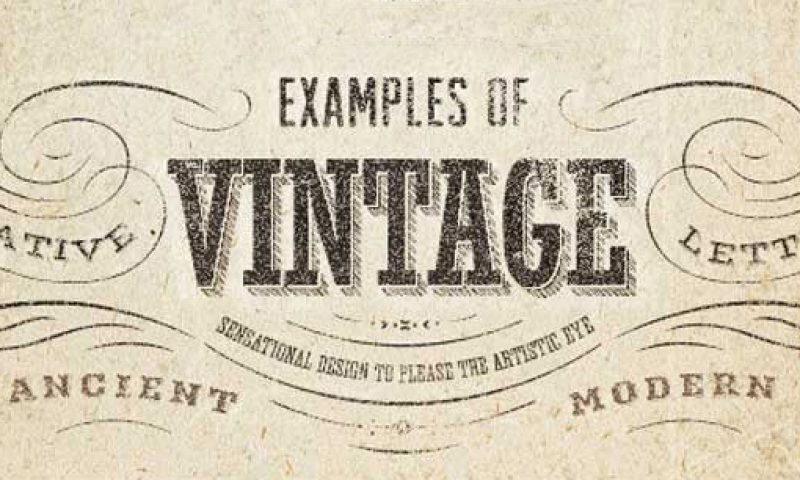
Vintage Packs
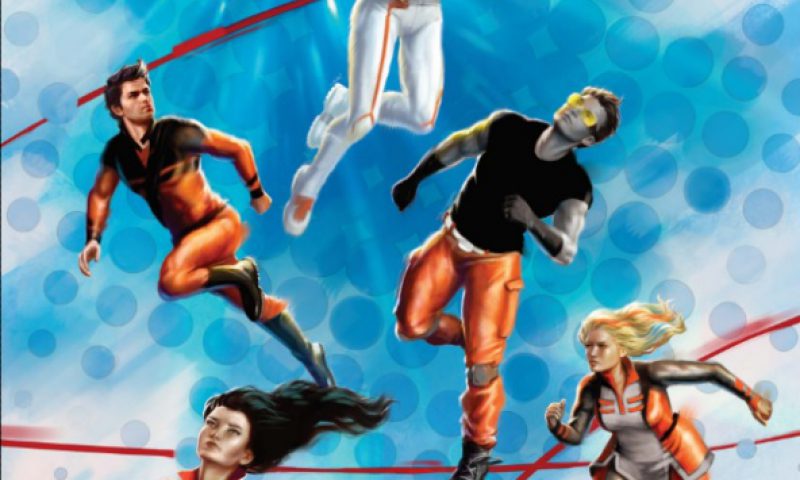
Bring out the comical side of your Brand
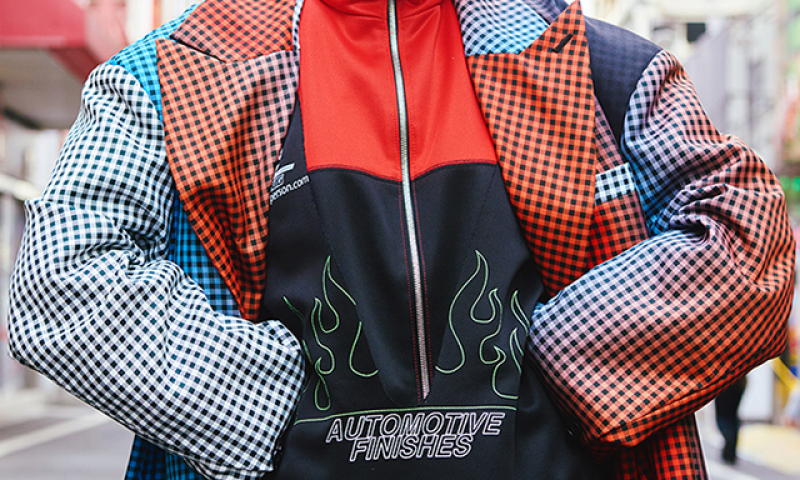
Don’t let your eyes deceive you
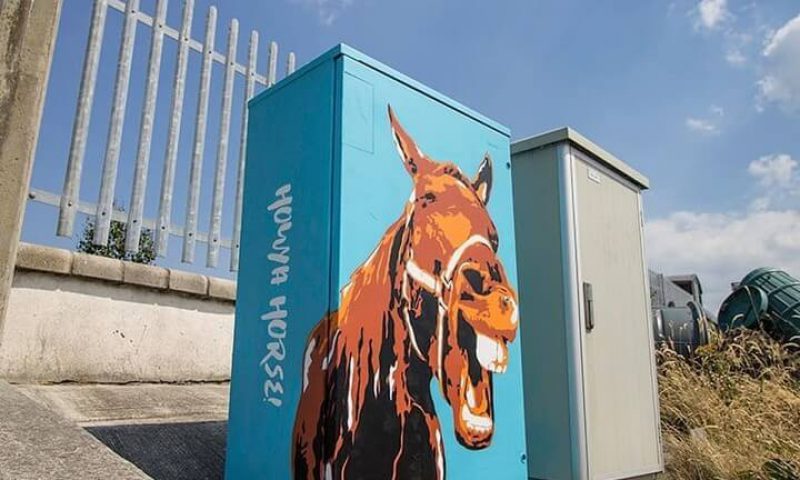
Less grey, more play… Dublin Canvas
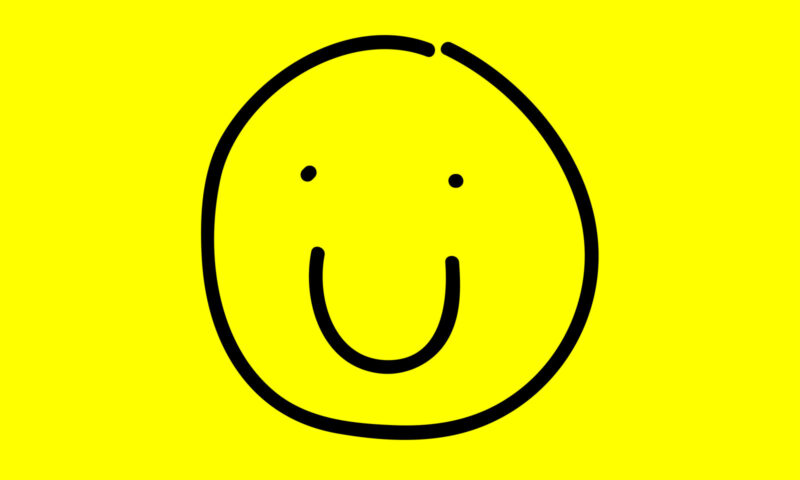
Brands that compliment and brands that complement
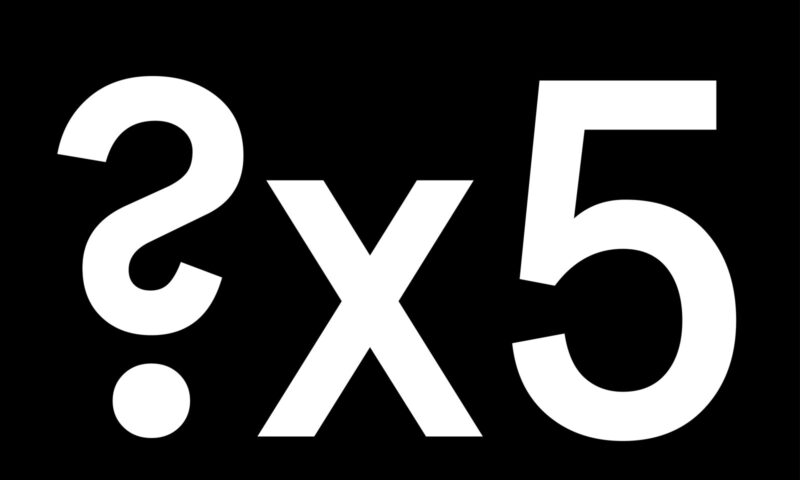
5 Questions to ask a prospective web agency
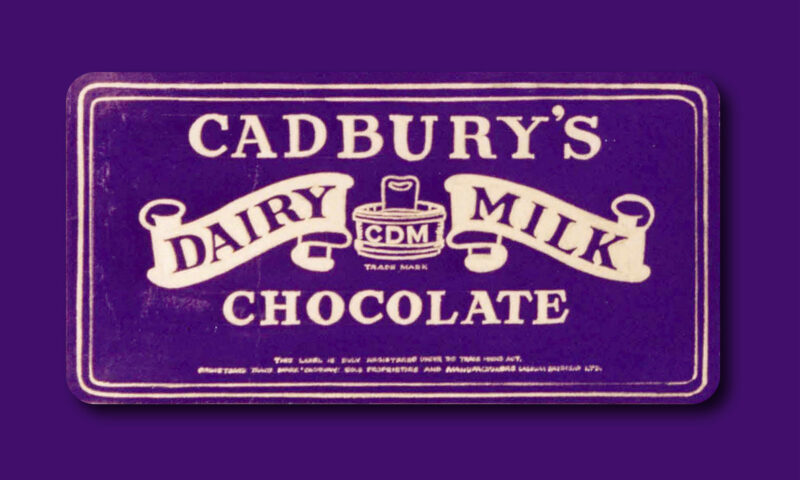
When is the time right to update your packaging?

What’s in a name? Taxi!

Eclectic Style of Art and Architecture at Its Best
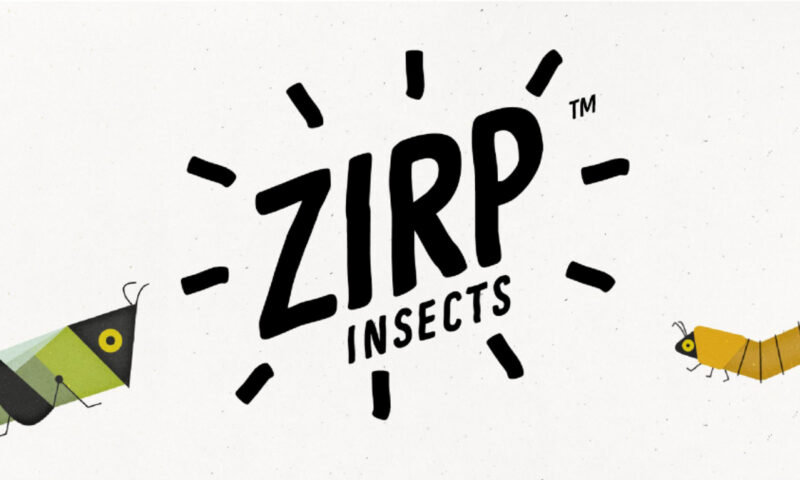
Edible-insect packaging: It’s worm in here!
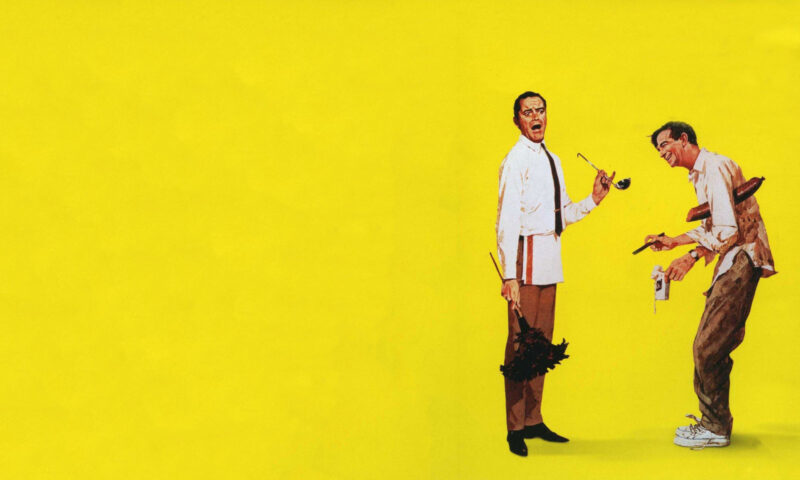
Brand Stretch – The Odd Couple
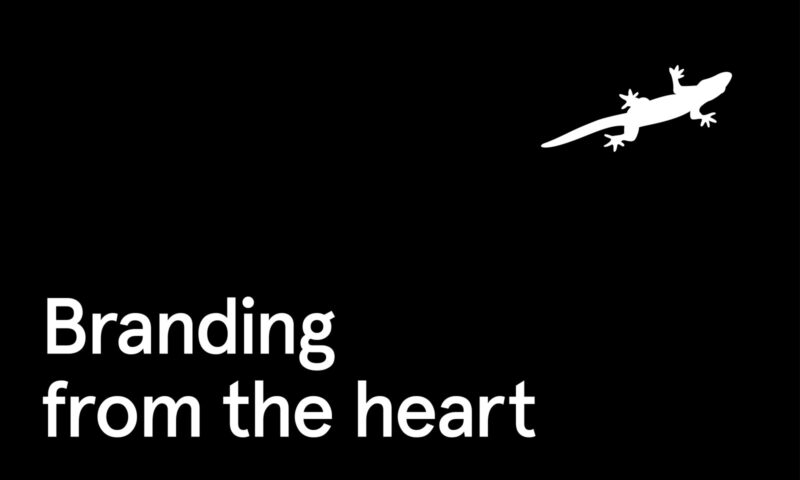
Branding from the heart
